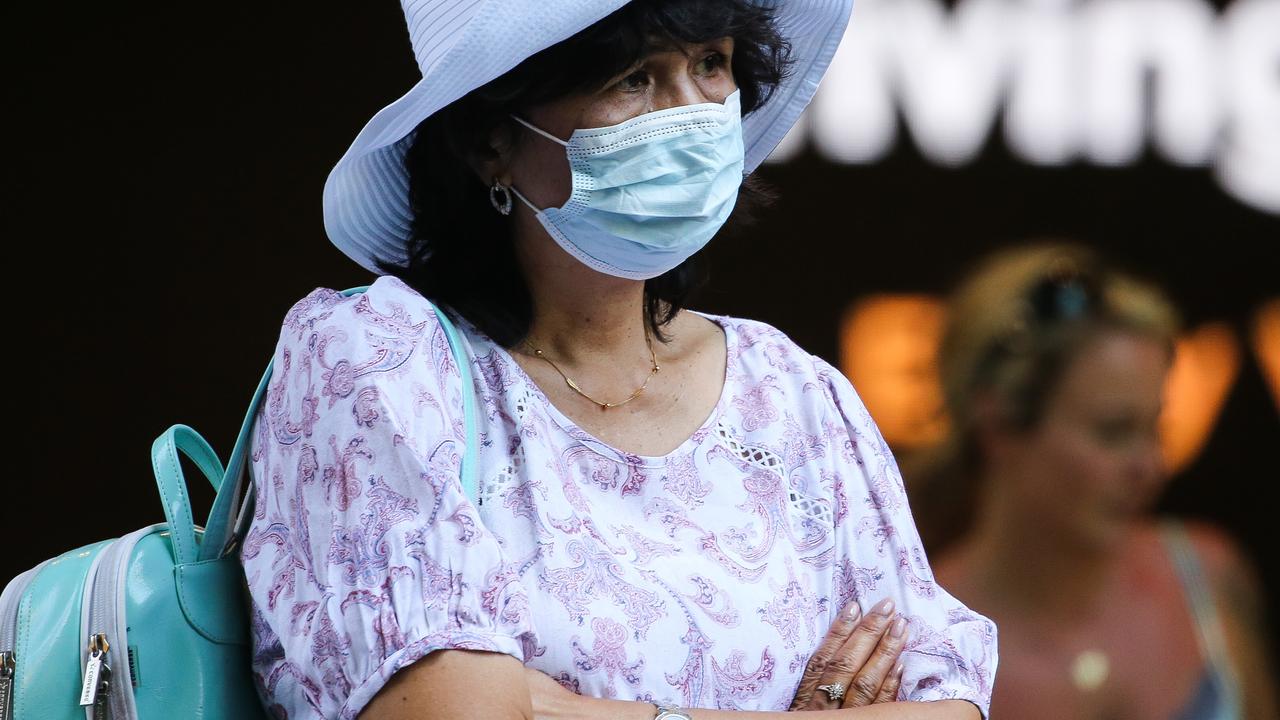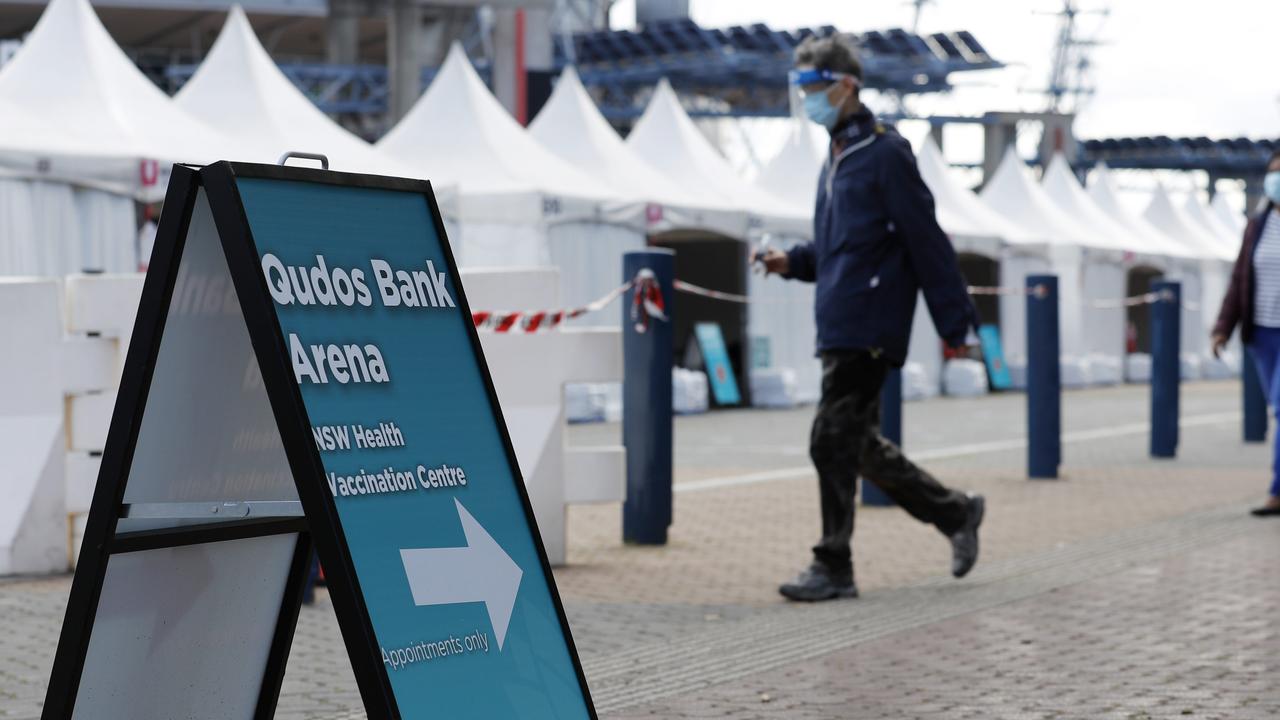Coronavirus: Australia’s two options out of COVID-19 lockdown
A roadmap by leading researchers provided to the Government has suggested two ways out of lockdown, and they both have pros and cons.
There are two very contrasting strategies Australia could adopt to come out of lockdown, according to leading researchers.
The group of eight experts from Australian universities this week released a “Roadmap to Recovery” for the country.
It outlined a suite of recommendations for state and federal governments for the months ahead and gives two options – eliminate or adapt.
THE ELIMINATION APPROACH
Australia would continue lockdowns under this option for two weeks after daily cases hit zero.
It would mean restrictions would stay in place until the end of May or mid-June based on how current figures are tracking, but tight travel measures would have to stay for longer.
RMIT Associate Professor of Economics Peter Sivey said the positives of this strategy were the health of Australians would be prioritised and restrictions would be lifted more rapidly, as opposed to gradually.
RELATED: How states with no cases beat COVID-19
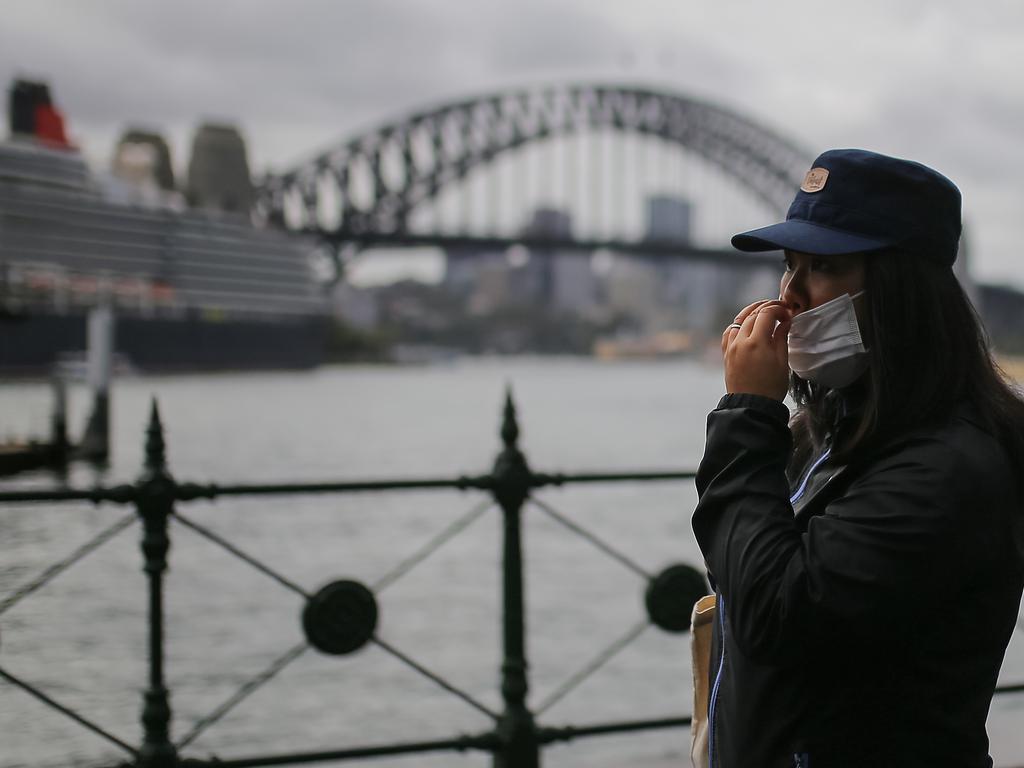
For example, restaurants and cafes could return to offering sit-down service once the virus had been eliminated.
The Government would still need to keep up testing and tracing for the long-term and enforce some forms of social distancing even as restrictions are lifted.
But Associate Professor Sivey said elimination could also prove elusive because of the long incubation period of the virus and the high rate of asymptomatic cases.
‘CONTROLLED ADAPTATION’
Australia would still use an aggressive test and trace approach but lockdowns could be gradually lifted earlier, in the next couple of weeks.
Social distancing would remain in place.
Associate Professor Sivey said the downside of this option was even six months from now shops and public transport could be operating at reduced capacity.
“But the advantage of this approach may be in the long term: it prepares Australians for the fact that this virus will probably be circulating around the world for years, and we should adapt our behaviour accordingly,” he wrote on The Conversation.
RELATED: Follow all our coronavirus coverage
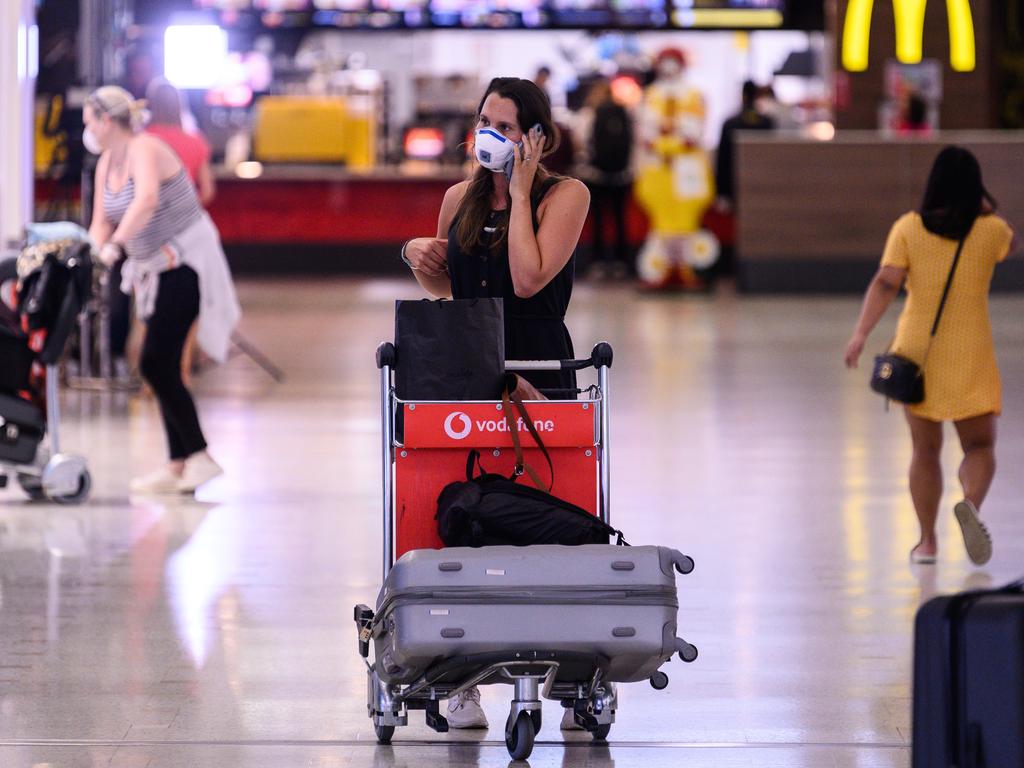
“Furthermore, with improved speed and availability of testing, an adaptation strategy would perhaps allow less stringent international travel restrictions later this year and into 2021.
“That would be a boon for Australia’s higher education industry, its immigration-dependent construction sector, and its overall population.”
Australia could still aim to hit zero cases.
Associate Professor Sivey said he favoured this strategy.
“But either way, it’s clearly important that cases are kept very low,” he said.
“The rapidly advancing scale and quality of testing and tracing capability should allow for the near-elimination of COVID-19 to continue with mild social distancing measures.
“Travel restrictions could be eased in the longer term as the pandemic (hopefully) wanes across the world.”
Professor Tracy Merlin, of the University of Adelaide, said controlled adaptation had its risks.
“Outbreaks can still happen – but without a vaccine, or knowing when one will come, eliminating the spread of the virus will be difficult and there are economic impacts from the restrictions to consider,” she said.
She warned that until a vaccination for COVID-19 was available, restrictions on international and intrastate travel would need to remain.
“For other containment measures we are recommending that restrictions be lifted in phases, with a pause of a minimum of three weeks in between, to determine the impact on spread and case numbers,” she said.
“However, to determine this impact we need to ensure that controlled adaptation is supported by extensive testing and surveillance, rapid, effective case detection, case isolation and contact tracing of the majority of cases.”
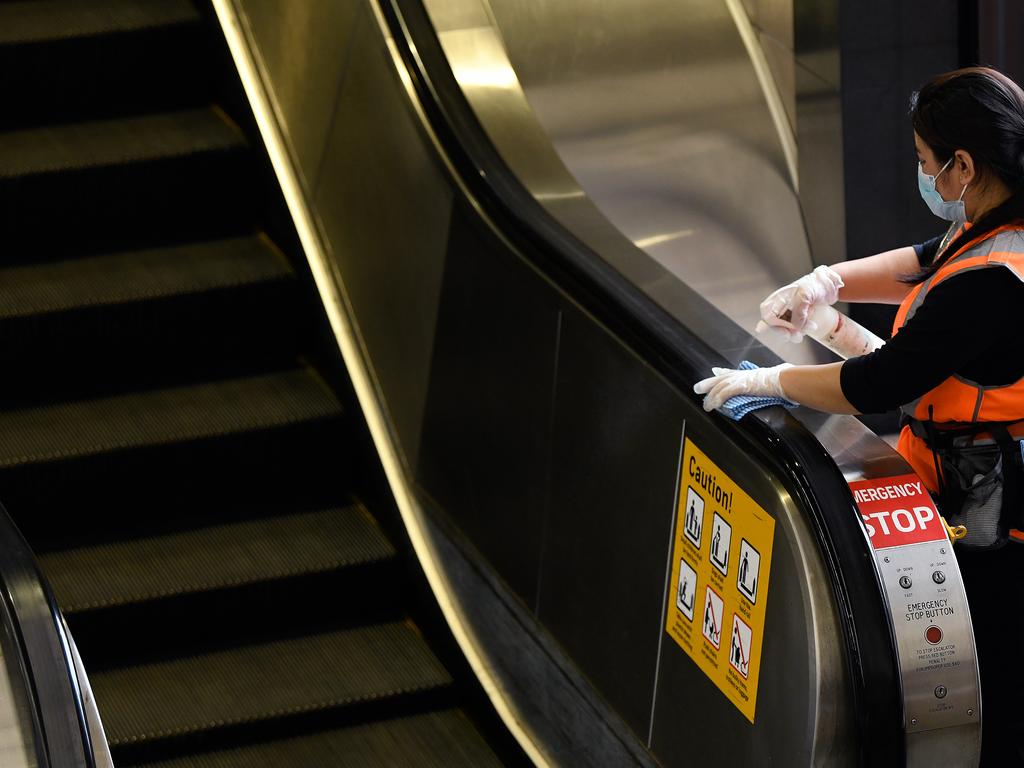
RESTRICTIONS EASE AS CASES DROP
Australians across the country are set to regain some of their freedoms from today as strict coronavirus lockdowns begin to lift.
The Northern Territory and New South Wales will wind back some rules from today and Queensland will follow from Saturday, while South Australia has vowed to become the first state to fully reopen, setting a date of May 21.
Queensland recorded no new cases again overnight, as did Western Australia.
Victoria recorded three and NSW nine.
Yesterday the Australian Capital Territory became the first jurisdiction to report no active cases of the deadly disease.
South Australia has notched more than a week without any new cases.
Australia has now recorded more than 6760 confirmed cases of COVID-19, with 3025 in New South Wales, 1364 in Victoria, 1033 in Queensland, 438 in South Australia, 551 in Western Australia, 221 in Tasmania, 106 in the Australian Capital Territory and 27 in the Northern Territory.
The death toll stands at 93.


